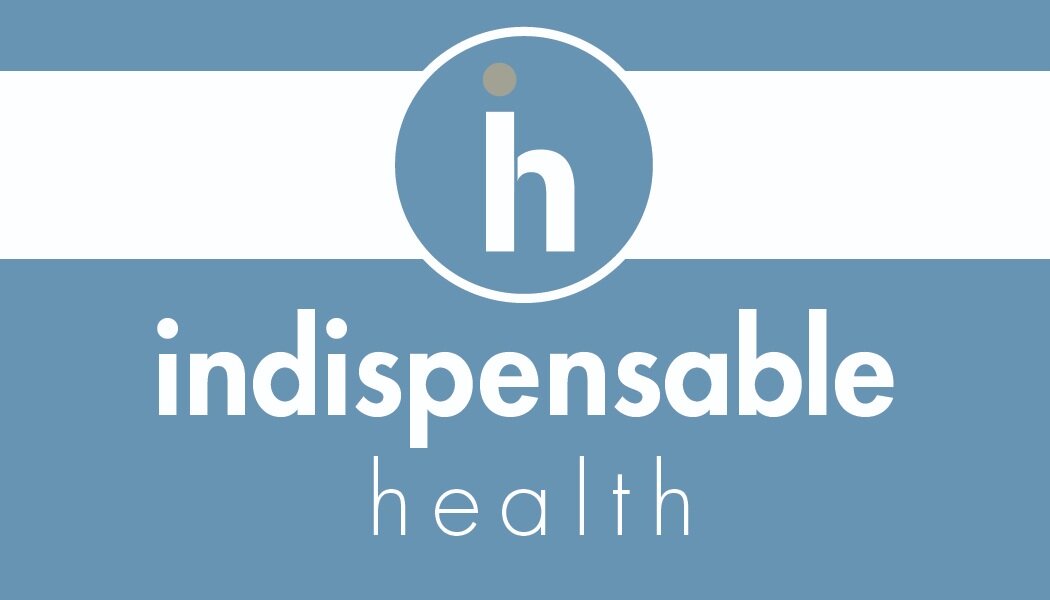Gabapentin, The New Controlled Substance in Michigan and What You Should Know
To the general public, hearing on the news that a commonly used medication turning into a controlled substance, is a bit….well, nerve-racking! Right? If you are a patient that frequently uses this medications, whether it be for seizures or nerve pain, this is enough to rattle you to the core. Questions such as, “Do I need a prior authorization for this now?”, “Will it change how I have access to my medication?”, “Will I need to change medication, as a whole, to treat my particular symptoms?”, all of which are entirely valid. On January 9th, 2019, Michigan’s Department of Licensing and Regulatory Affairs (LARA) posted this:
In an effort to continue to combat the opioid epidemic in Michigan, the Dept. of Licensing and Regulatory Affairs (LARA), with the support of the Michigan Board of Pharmacy, has modified its Pharmacy Rules to categorize Gabapentin as a Schedule 5 controlled substance.
Gabapentin – or Neurontin – is a medication commonly used to treat nerve pain and seizures. However, the drug can have potentially harmful effects when combined with other opioids. Michigan joins a growing number of states that have scheduled Gabapentin as a controlled substance.
“Using a data-driven approach, we identified Gabapentin as an emerging threat in our state and took necessary action to protect Michigan residents,” said LARA Director Orlene Hawks. “The scheduling of Gabapentin and improved training requirements for licensees outlined in these rule changes will continue to assist our efforts to curtail the opioid epidemic in Michigan while enhancing awareness about opioid addiction.”
The rule changes also improve training standards for prescribers and dispensers of opioids and controlled substances. The new rules require an individual seeking a controlled substance license to complete a training in opioids and controlled substances awareness that addresses: integration of treatments, alternative pain management treatments, counseling patients on the effects and risks associated with using controlled substances, stigma of addiction, proper disposal requirements for prescriptions, utilizing the Michigan Automated Prescription System (MAPS), and state and federal controlled substance dispensing laws.
One of the keys to understanding what exactly is going on is to first understand the different classes of controlled substances there are. It’s not completely common knowledge but I will be entirely happy to break down exactly what this means.
Schedule Class 5 (Being the lowest on the list)
-These drugs have the lowest potential for abuse and consist primarily of limited quantities of narcotics. Cough medications cannot contain more than 200 milligrams of codeine per 100 millimeters/100 grams. Examples: Robitussin AC, Phenergan with Codeine, and Ezogabine.Schedule Class 4
-These drugs are defined as having a low potential for abuse and low risk of dependence. Examples: Xanax, Soma, Klonopin, Tranxene, Valium, Ativan, Versed, Restoril and Halcion.Schedule Class 3
-Defined as drugs with a moderate to low potential for physical and psychological dependence. They contain less than 90 milligrams of codeine per dosage unit. This turns into two separate groups of narcotic-related drugs and non-narcotic related drugs.
Narcotic-Related Drug Examples: Vicodin, Tylenol with Codeine, and Suboxone.
Non-Narcotic Related Drug Examples: Didrex, Ketamine, and Anabolic Steroids.Schedule Class 2
-These are drugs that possess substances/chemicals that have a high potential for abuse, with equally high potential to lead to severe psychological or physical dependence. These are considered dangerous.
Narcotic-Related Drug Examples: Dilaudid, Dolophine, Demerol, OxyContin, Percocet, and Fentanyl.
Non-Narcotic Related Drug Examples: Adderall, Desoxyn, and RitalinSchedule Class 1 (The highest on the list)
-Now, these drugs currently do not have an accepted medical use in the United States as they lack accepted safety or use under medical supervision and possess a high potential of abuse.
Examples: Heroin, LSD, Cannabis, Mescaline, Quaalude, “Ecstasy”, and “Bath Salts”.There are also a few other reasons as to why Gabapentin is now classified as a class five control. It is the fifth most prescribed pain drug in the United States, as of May 2018. In 2016, it showed up in as many as on-third of the state’s fatal overdoses. The Centers for Disease Control had been recommending using it for pain relief in place of the more highly addictive opioids. The FDA approved Neurontin for the treatment of post-herpetic neuralgia (shingles) and seizures. Pfizer, Inc, the drug company that made Neurontin, the brand name for Gabapentin, touted it’s off-label use as a treatment for chronic pain caused by neuropathy, fibromyalgia, and migraines. Rightfully so, it works well for the previously listed ailments!
However, it’s crucial to remember that overdoses can occur to anyone. If you have any concerns, have a conversation with your local pharmacist.

